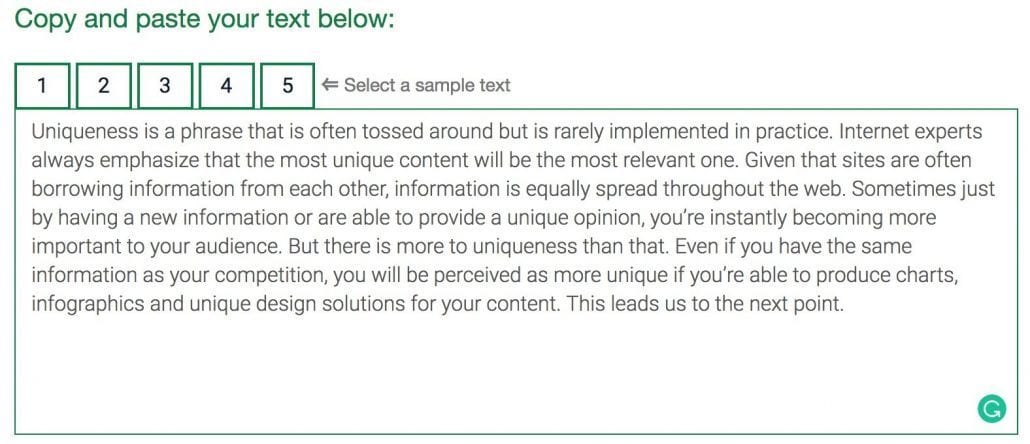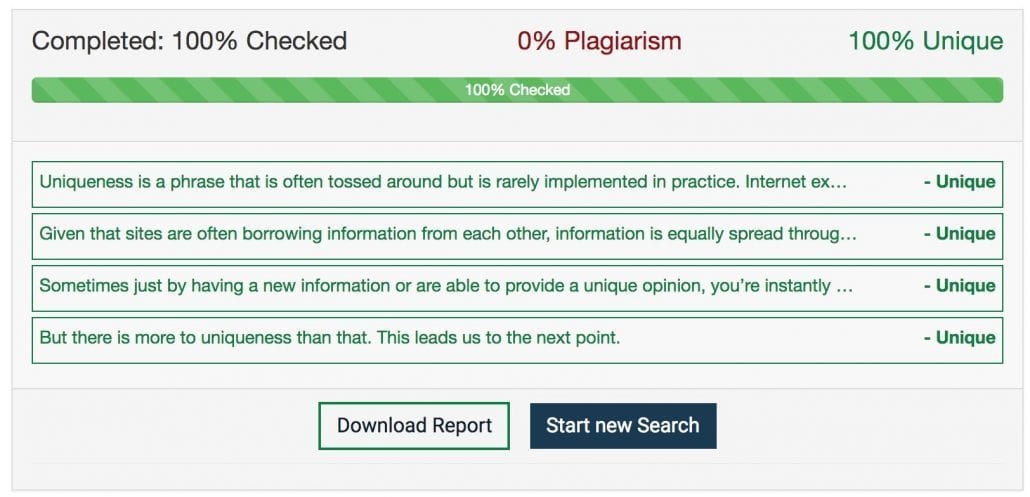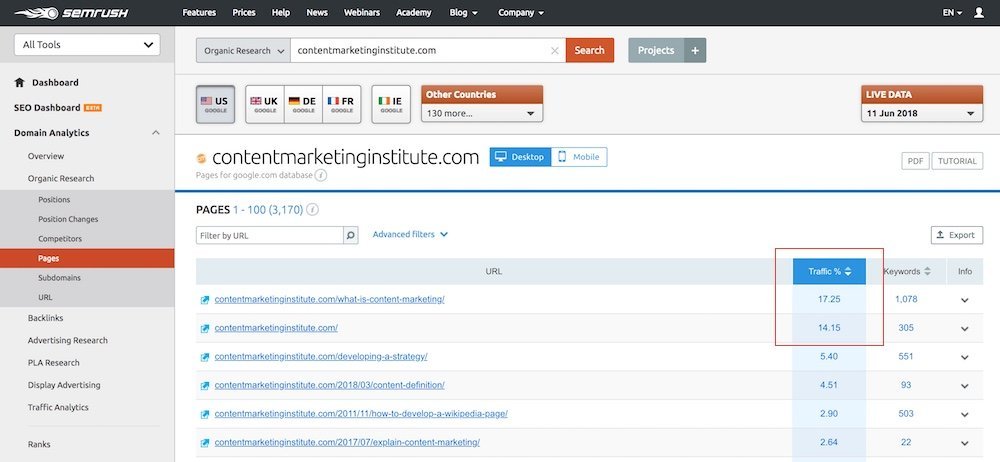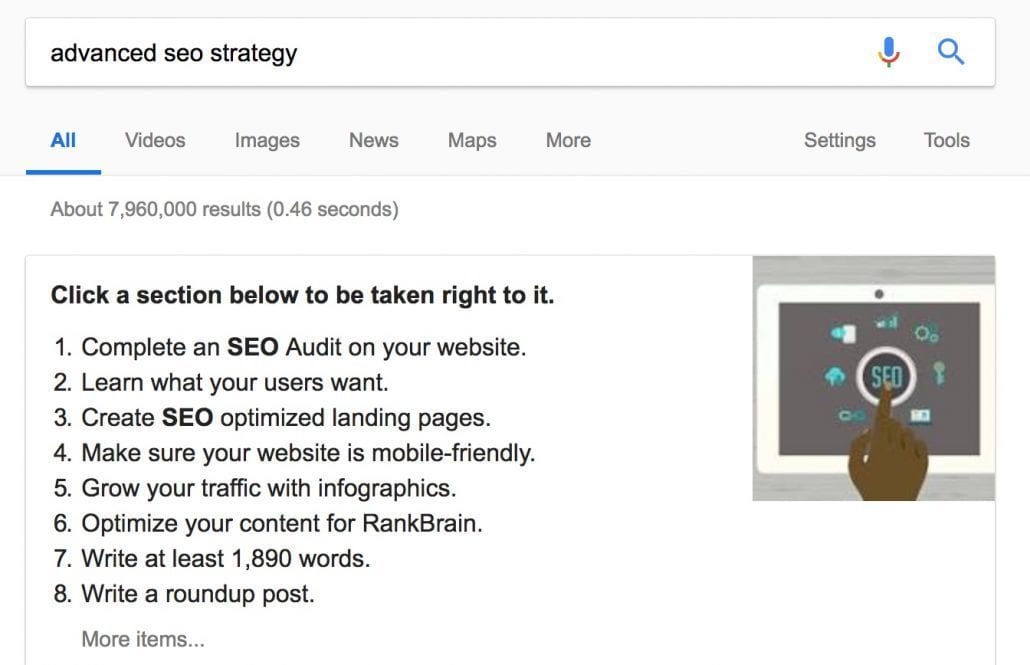Creating content for your website – step by step guide
There are two main factors affecting your content strategy: quality and relevance.
While it’s sometimes hard to define what quality content actually means (as it is a very subjective thing), relevance is a much more straightforward concept.
It should answer a simple question: “Is this something you were looking for?”
Use these tips and you will be unstoppable!!!
- General topic of your website
One of the most common issues affecting relevancy is the overall direction of a site. People often start writing on a particular topic and somewhere along the way, they notice their conversion is lacking.
Perhaps there is some other issue forcing their hand.
So, they will start writing on other, similar topics in an attempt to improve the state of their blog or online shop.
For example, they will start promoting motorboats on a site called “Super cars”.
This may be confusing for some readers; even though topics seem to mash naturally, it may cause problems alienating a part of their audience.
Just imagine landing on such a website only to learn that its homepage is littered with irrelevant posts.
The general topic of a site is also important for the tone you will be using.
If you’re writing about video games, it is normal to have a relaxed writing style but if you run an Accounting firm you wouldn’t write in the same style…
We write our content for our readers and not for Google.
But.
Topical relevance is hugely important to Google as well.
Keep your content closely related and you gain additional traffic from keywords never mentioned in your content – because you have topical relevance.

A good headline can make or break your content efforts. Get this wrong and nobody will ever even open your page.
That said, once they do visit your site you need to write in such a way that they actually read more than the first few lines of text.
2. Analyze your audience
A good salesman always considers his audience.
You should do the same.
Let me show you why.
Who is reading your blog?
Where is your traffic coming from?
These questions will affect not only the tone of the site but also the language.
If the majority of your traffic comes from a foreign country, perhaps it’s better to use a simpler, conversational tone.
We also need to consider overall traffic.
If you have a niche-specific blog visited by a handful of professionals, its ok to use a more serious tone with lots of industry-specific jargon.

The opposite goes for large sites.
News websites are the best example as they have to cater to a larger audience.
In theory, every person is a potential reader so all these people should be able to understand their writing.
Understanding target demographics is important not only for content but for other aspects of a site such as design and ads.
3. Creating Content – What type do you need?
While there are numerous subcategories of blog content, it usually comes down to three main ones:
- Articles
- Videos
- Audio Content
Today, videos and articles are often mixed together in order to create an in-depth piece of content.
Audio content is a bit different due to its nature.
Basically, you don’t need eyes to listen to your favourite podcast and can tune in wherever you are.

Certain things are more suitable than the others based on the topic and audience.
Teenagers usually prefer videos while adults are more into written content.
There are two main ways to determine which type of content is optimal for you: through trial-and-error and by analyzing the competition.
The platform is also an important factor that needs to be considered.
Needless to say, people creating video content will always depend on YouTube while traditional blogs need text content to survive.
4. Uniqueness of Content
Uniqueness is a phrase that is often tossed around but is rarely implemented in practice.
Internet experts always emphasize that the most unique content will be the most relevant one.
Given that sites are often borrowing information from each other, information is equally spread throughout the web.
Sometimes just by having new information or by providing a unique opinion, you instantly becoming more important to your audience.
But there is more to uniqueness than that.
Even if you have the same information as your competition, you will be perceived as more unique if you’re able to produce charts, infographics and unique design solutions for your content.

While all of our content is unique there is no harm in double checking to make sure…
A site we always use is this one.
It’s free and only takes a couple of seconds to perform the test.
The first thing you do is copy and paste your content into the box provided:

Next, you hit the ‘Check Plagiarism’ button and wait for the magic to happen.

If everything is clear you will get a 100% unique result.
If any of the content exists online it will show up in red.
You can click on the highlighted text and the system performs a Google search showing you where the text is already online.
While your readers may not notice that your content is 100% unique, Google will notice if it’s copied from somewhere else and you will get hit with a penalty – demoting your page way down the search results.
5. Do your research
Research is one of the cheaper ways of improving your content.
When we mention research, most people think of a big study including numerous test subjects.
This shouldn’t be the case.
In fact, you can perform the same study on a smaller scale by simply asking your contacts a few questions.
This is how the Roundup post was invented.
Have you ever seen the ’17 Experts share how they…’ or ‘9 Marketers show you how…’
These style of posts are everywhere now but they are very successful and easy to put together – because the experts create the content for you.
It just needs to be formatted and published. You also get the added advantage that the experts share it with their audiences.

Study your competition
One of the best ways to find great ideas for new content for your site is to study the competition.
There are plenty of tools that you can use and our tool of choice is SemRush.
Stick the main URL of your competition into the Organic Research tab and hit ‘Search’

Then hit ‘Pages’ on the left menu.
Within about 20 seconds we have discovered the most popular pages on their site. One page alone gets 17.25% of all the traffic.
This is just a quick example of how to uncover popular content and works for any site that is in the Google index.
The term ‘Content Marketing’ gets 18,100 searches per month in Google. Granted this is highly competitive and the CMi site is dedicated to Content Marketing so the chances of you outranking them are slim to none.
But the principle is sound. Give it a try in your market. You can grab a 7-day FREE trial here
6. Creating dense content
A few years back most content marketing experts were praising long content and ultimate guides.
There was a notion that content, in order to succeed, had to have at least 2,000 words or to be 10 minutes long.
And for a while, this was the standard.
However, once it became popular, it had a disastrous impact on users.
People simply couldn’t read 5,000 or 6,000 words of content which consisted of 5 or 6 valuable nuggets of information.
It was a big waste of time as there was lots of fluff that was irrelevant in these articles.

These articles and videos are filled with valuable information.
Even though they are shorter, people are inclined to read them or watch them till the end.
Furthermore, this would build loyalty among fans and they would return to your website afterwards looking for more quality info.
Other advantages of this style of content is you get rewarded with ‘Featured Snippets’ in Google search results.

If you break your content into smaller bite-sized chunks of quality content and us some markup to tell Google what it’s about then you may show in the search results like the image above.
This is called position zero and is the holy grail of content strategy.
Before you write any content perform some Google searches and see if any of the content shows these results.
If they do then examine the post or page and see how it’s put together. Done the right way you should get the same results with your content over time.
7. Linking similar content
There are several main reasons why people browse web content.
It usually comes down to entertainment and educational value.
In both cases, people gravitate towards quality content.
If they’re learning something new, they will usually read additional articles on the topic in order to solidify their knowledge.
Similar goes for entertaining content.
So why should you let all that traffic slip through your hands?
By interlinking content, you’re making sure that posts are more relevant to your visitors.
They will be able to get all this important information without ever leaving the site.

Let’s use this page as an example of how to interlink content on your site.
Because this page is about content creation and strategy there is a very good excuse to link out to one of our other posts on sharing your posts on Social Media.
It makes perfect sense to reference this article because after you have created some awesome content you are going to want to spread the word about it on Social Media.
Linking to the other page is an ideal way to show your visitors the value of your blog by telling them how to do it.
You could also link to another article on the site about automating your social media posting.
Again this works because you are showing your page visitors how they can help share their information online.
8. Reusing existing content
Unless you’re covering various unrelated topics, there is a good chance you will be reusing information.
Don’t be afraid of this.
Although this may seem detrimental to the uniqueness of your posts, it actually allows you to select winning articles/videos and make the best out of them.
By reusing information or parts of your previous posts, you’re able to focus on things that people like.
Make sure to analyze your posts beforehand and concentrate on pages that already rank for some of your search terms.
If you have videos and articles that have similar size and form, the one with more engagement probably has better, more relevant information.
The only thing you need to be mindful of is how you present the info.
When content is being reused, make sure to add a twist to it.
This way your regular visitors will not get bored but instead will be provided with something new yet relevant each time they check your stuff.
You see this strategy used online all the time.
A great example is using modifiers in your post titles.
This works really well for eCommerce websites.
For example, you could create a post called:
‘The best content strategies for 2018’
and then update it for next year by adding more in-depth content and some up to date videos.
This works over and over again.
Once you update and add value to the content you can continue to rank the same content year after year.

A good headline can make or break your content efforts. Get this wrong and nobody will ever even open your page.
That said, once they do visit your site you need to write in such a way that they actually read more than the first few lines of text.
9. Put yourself in your readers shoes
Visitors are always looking for potential benefits when checking web posts.
And here is where we often see a disconnect between visitors and site owners.
Website owners tend to create content which they personally like.
It is something they feel strongly about which is why they are so inclined to share it with their audience.
Unfortunately, visitors may not feel the same way.
Their main priority is getting answers to burning questions.
Furthermore, readers will never love your blog the way you love it.
That being said, everything you make should address their issue.
These articles and videos should help them overcome a situation or learn more about a topic.
By simply changing perspective, you will be able to connect with visitors making posts more relevant to them.

When you try and answer a question with your content do your research and find all the potential questions you can first.
These questions are what you need to answer.
A great tool for this is called Answer The Public

All you need to do is type in the topic for your blog post and hit the ‘Get Questions’ button.
The tool goes off and scours the internet looking for all the questions related to your topic.
The example used here is a search we did for ‘Content Strategy’ and below are the 41 most asked question on this topic.
Start answering some of these questions in your content and you are going to attract visitors to your blog in no time at all.

Final Thoughts
Successful salesmen often have a better income than their managers and with a good reason.
They know how to persuade people to buy products and services.
Your potential audience online can be really strange at times.
Even if you have worked in an industry for years, you never know what to expect from potential visitors.
For some people, this is fun and challenging. For others, it is a real nightmare.
When it comes to content relevance, we try to figure out these deep human desires leading people to our site.
In turn, we try to provide suitable content.
It doesn’t work all the time though; you might think you have an amazing piece of content but it never converts.
This leaves you desperately seeking for answers.
The best thing we can do is reduce risks.
Avoid doing things that most certainly will not work.
Instead, make sure to follow these awesome tips and create posts that will at least have a fighting chance.
Gary Evans is the founder of Feedalpha. He has been writing about Social Media and Digital Strategy for years. You can find him active on any of these accounts.

